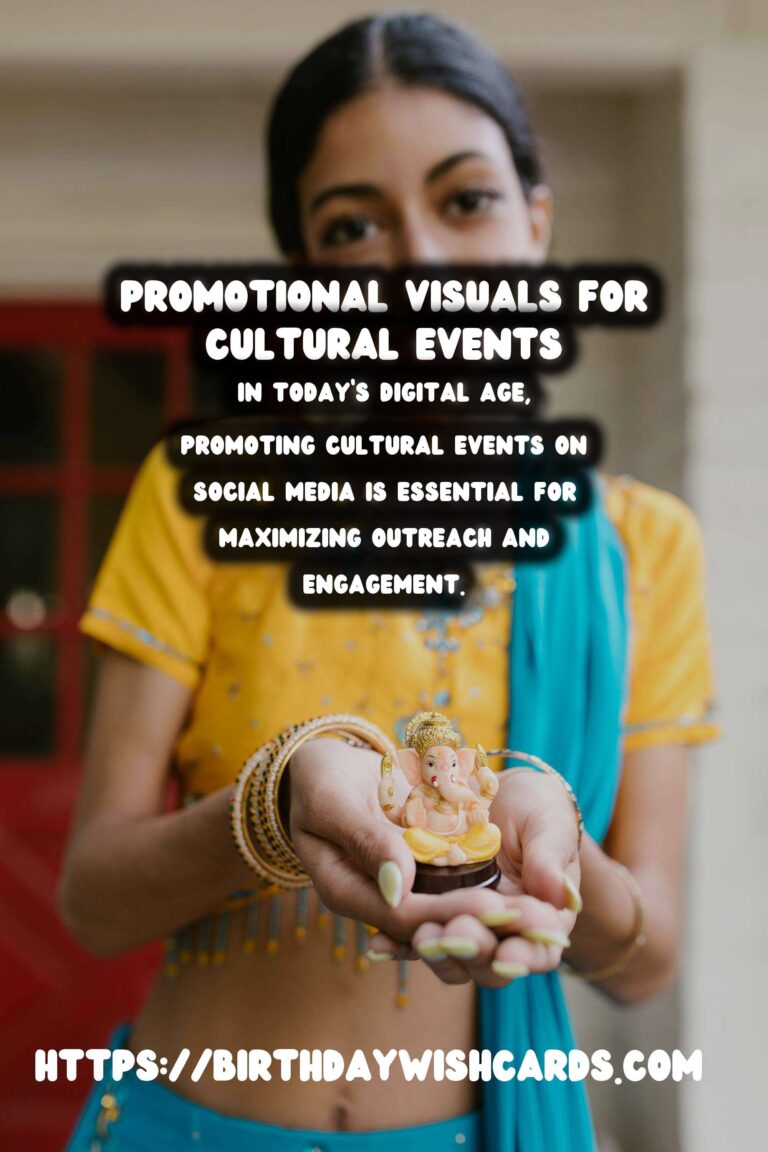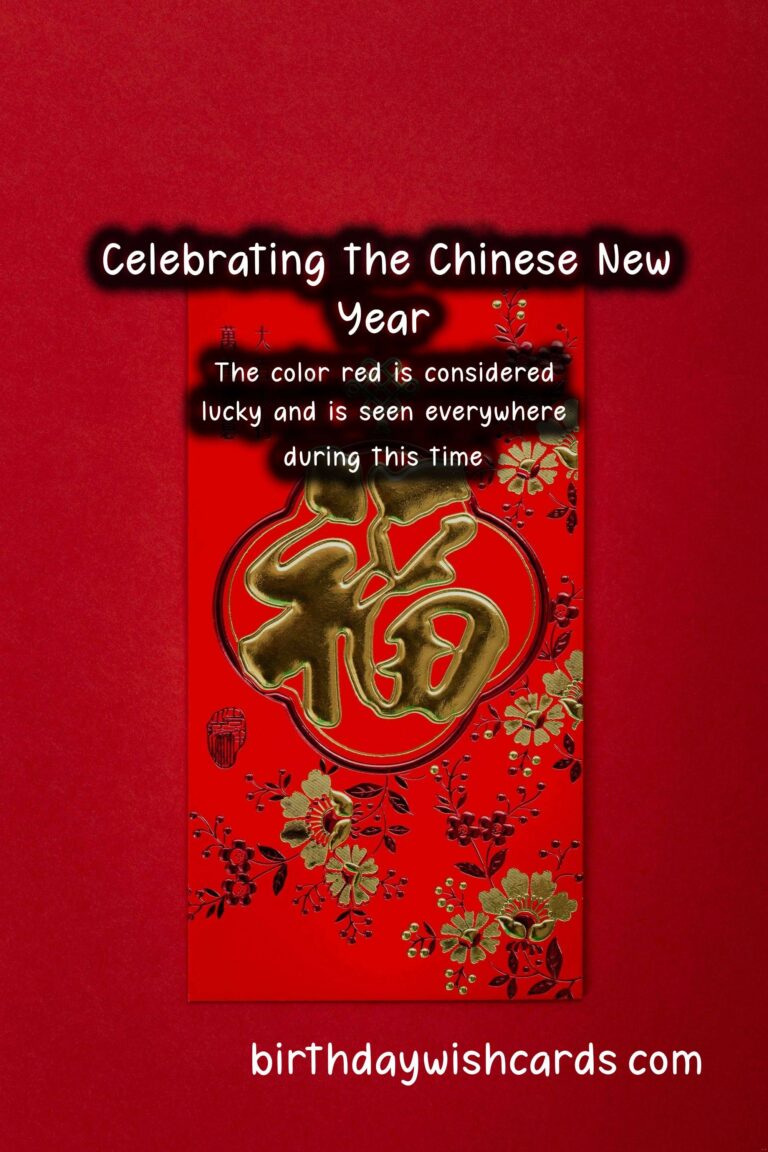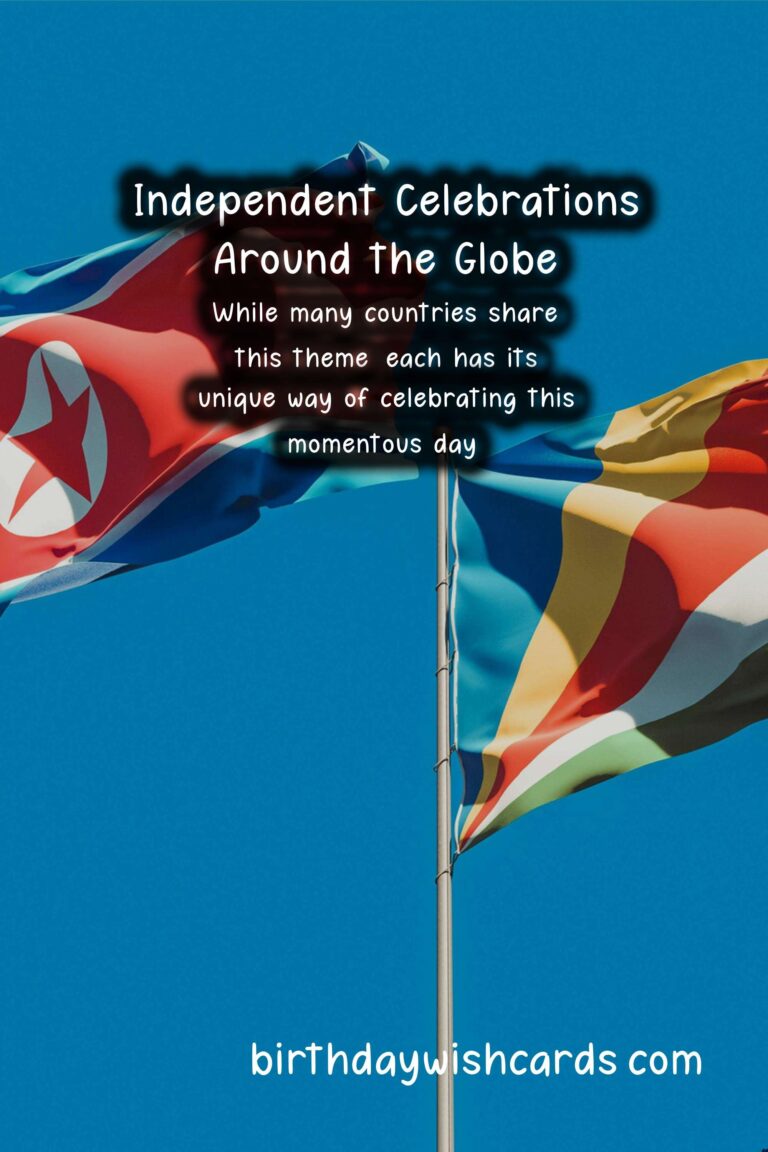How to Create Celebration Etiquette Around the World That Everyone Will Love
How to Create Celebration Etiquette Around the World That Everyone Will Love
Celebrations are an integral part of human life, serving as a means of marking significant events and fostering community spirit. However, the way we celebrate can vary greatly from one culture to another. Understanding and respecting celebration etiquette around the world not only enriches our own experiences but also shows appreciation for diverse customs. In this guide, we’ll explore various aspects of celebration etiquette, offering tips on how to create an inclusive and enjoyable atmosphere for everyone involved.
Understanding the Importance of Celebration Etiquette
Celebration etiquette is crucial for several reasons:
- Cultural Sensitivity: Being aware of the customs and traditions associated with various celebrations can prevent misunderstandings and offenses.
- Building Relationships: Respecting etiquette fosters goodwill and strengthens relationships among people from different backgrounds.
- Creating Memorable Experiences: Thoughtful consideration of etiquette ensures that celebrations are enjoyable for all attendees.
Key Elements of Celebration Etiquette
To help you navigate the world of celebration etiquette, here are some key elements to consider:
1. Greetings and Introductions
How you greet and introduce people can vary significantly across cultures. Some cultures favor formal handshakes, while others may prefer hugs or bows. For example, in Japan, bowing is a traditional form of greeting that shows respect.
2. Dress Code
Attire can reflect cultural significance, so it’s essential to dress appropriately for the occasion. In many Middle Eastern cultures, wearing conservative clothing is a sign of respect, whereas Western celebrations might allow for more casual wear.
3. Gift Giving
Gift giving is a common practice in many cultures. However, the manner in which gifts are presented can vary. For instance, in Chinese culture, it’s customary to present gifts with both hands and to avoid gifts that may symbolize death or misfortune, such as clocks.
4. Food and Dining Etiquette
Food plays a central role in celebrations worldwide. Familiarizing yourself with dining etiquette can enhance the experience. In Italy, for example, it’s considered rude to ask for cheese on pasta dishes.
5. Respecting Traditions and Customs
Each culture has its own set of traditions associated with celebrations. Taking the time to learn about and respect these traditions is pivotal. In the Hindu festival of Diwali, for instance, the lighting of lamps symbolizes the victory of light over darkness.
Celebration Customs from Around the World
Let’s delve into some specific celebration customs from various cultures:
1. Chinese New Year
The Chinese New Year is a festive occasion filled with various traditions, including dragon dances, firecrackers, and family gatherings. It is essential to avoid sweeping during this time, as it is believed to sweep away good luck.
2. Thanksgiving in the United States
Thanksgiving is celebrated with a grand feast that often features turkey. It’s considerate to take turns expressing gratitude at the dining table, fostering a sense of community and appreciation.
3. Diwali in India
Diwali, the festival of lights, involves lighting lamps and sharing sweets. It is customary to offer sweets to guests and visit family and friends during this festive time.
4. Semana Santa in Spain
The Holy Week in Spain involves elaborate processions that reflect the country’s deep religious roots. Attendees should dress modestly and observe silence and respect during the processions.
5. Midsummer in Sweden
Midsummer celebrations involve dancing around the maypole and enjoying traditional foods. Participating in the dancing and embracing the joyous atmosphere is encouraged.
Tips for Creating Inclusive Celebrations
To ensure everyone feels welcome and appreciated at your celebration, consider these tips:
1. Research Diverse Traditions
Understanding the customs of your guests’ cultures can help you create an inclusive atmosphere. Research different traditions and incorporate them into your event.
2. Ask for Input
Encourage guests to share their cultural practices. This not only engages them but also enhances the celebratory experience for everyone.
3. Follow Dietary Restrictions
Be mindful of dietary restrictions that may stem from cultural practices or religious beliefs. Offering a diverse menu can accommodate various tastes.
4. Seek Guidance from Cultural Experts
If you’re planning a large-scale event, consider consulting with cultural experts or local communities to ensure respect and authenticity in your celebration.
Conclusion
Creating celebration etiquette that honors diverse customs is an ongoing journey. By being respectful, open-minded, and thoughtful, we can create celebrations that everyone will love. From understanding greetings to incorporating food traditions, each element contributes to a more inclusive and enjoyable gathering. Embrace the beauty of diversity and make the world of celebrations a richer, more united place.
Celebrations are an integral part of human life, serving as a means of marking significant events and fostering community spirit.
Understanding and respecting celebration etiquette around the world not only enriches our own experiences but also shows appreciation for diverse customs.
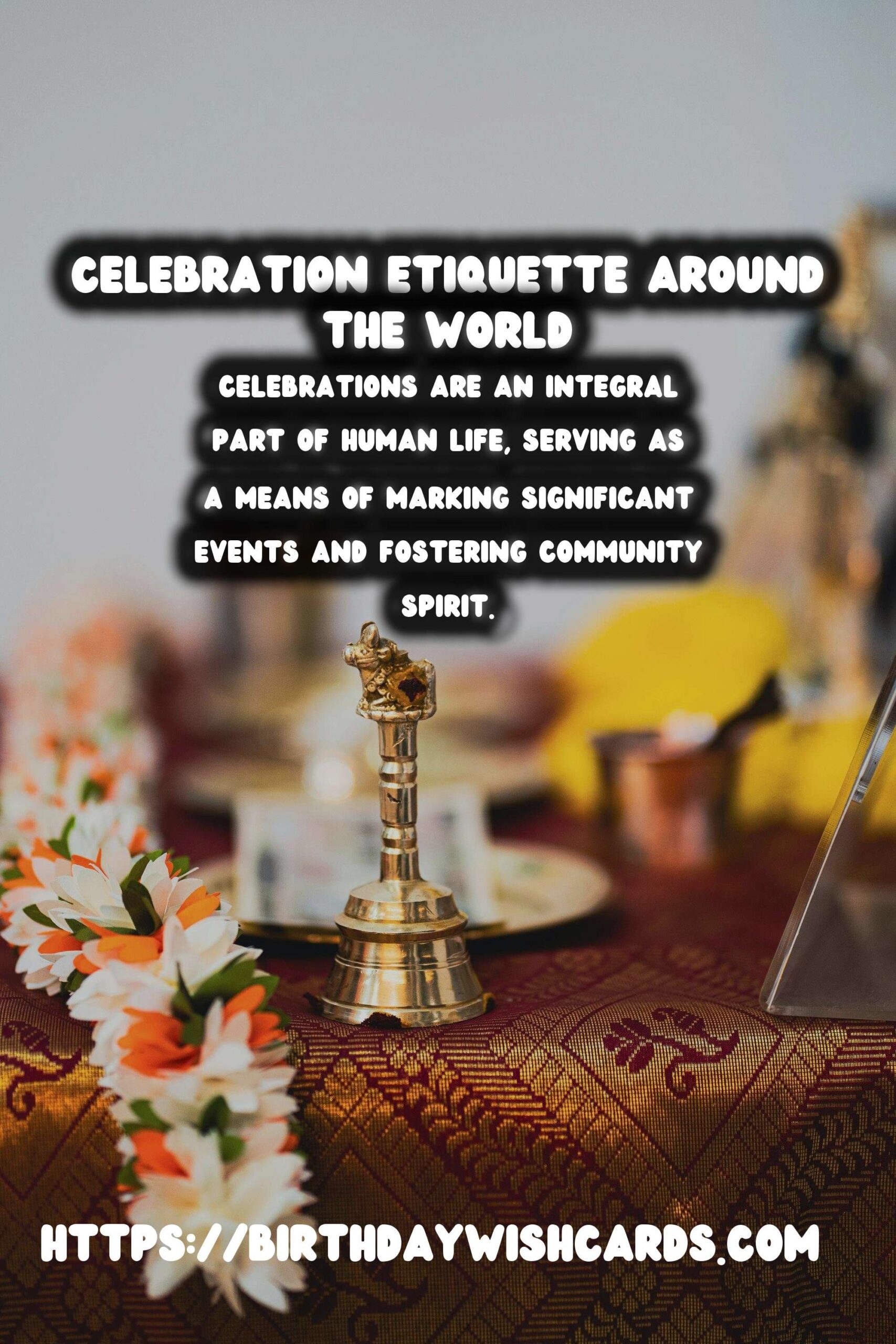
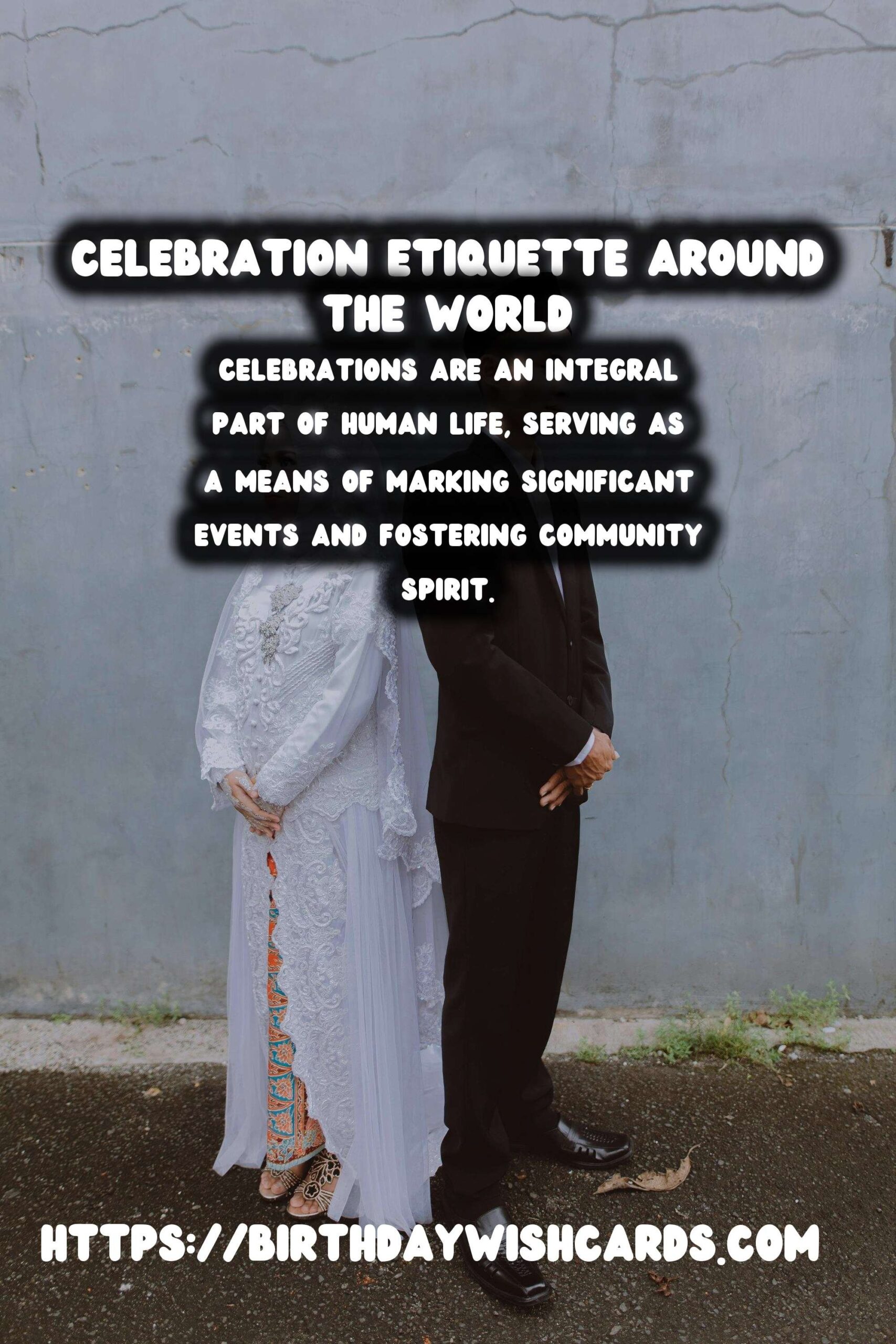



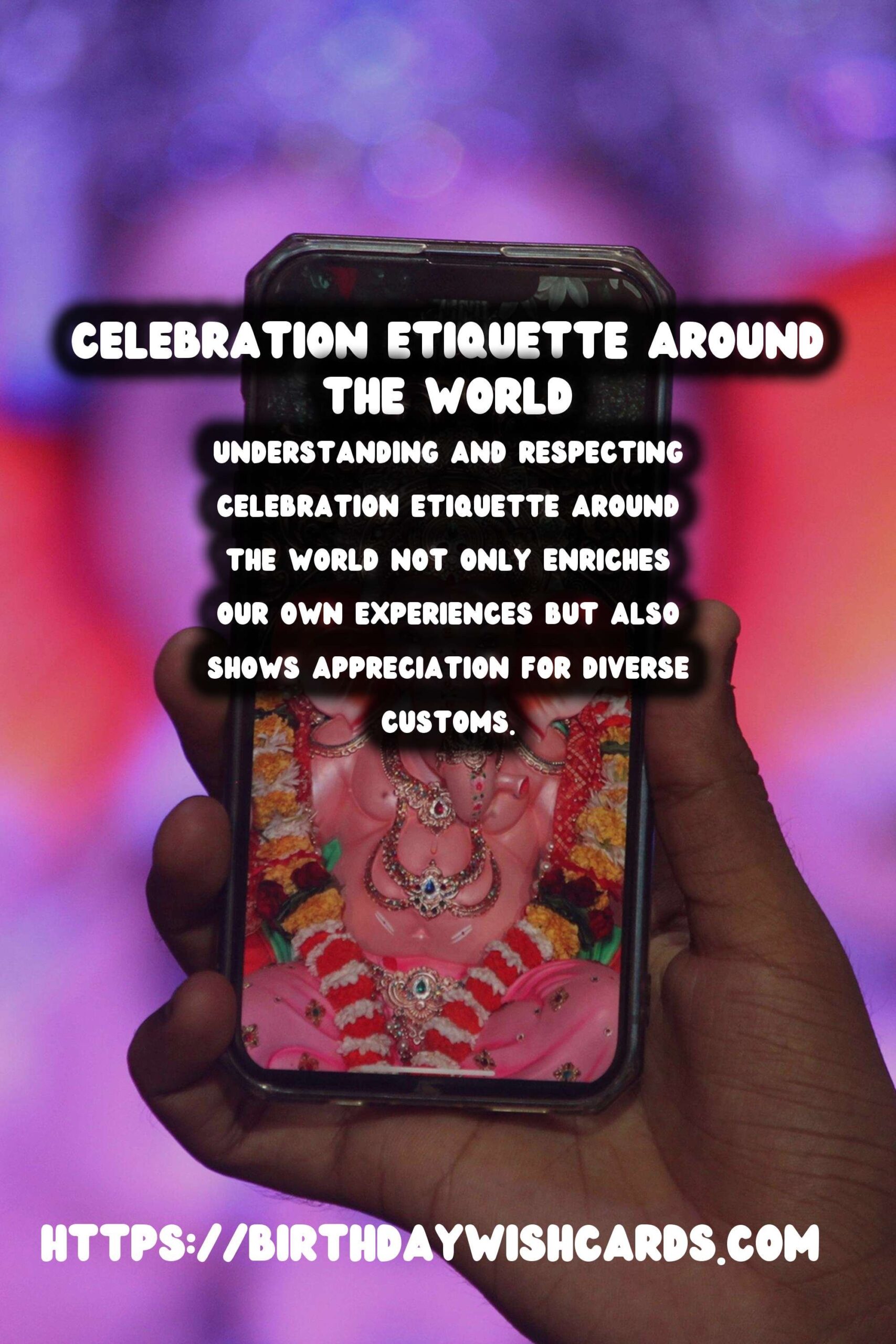


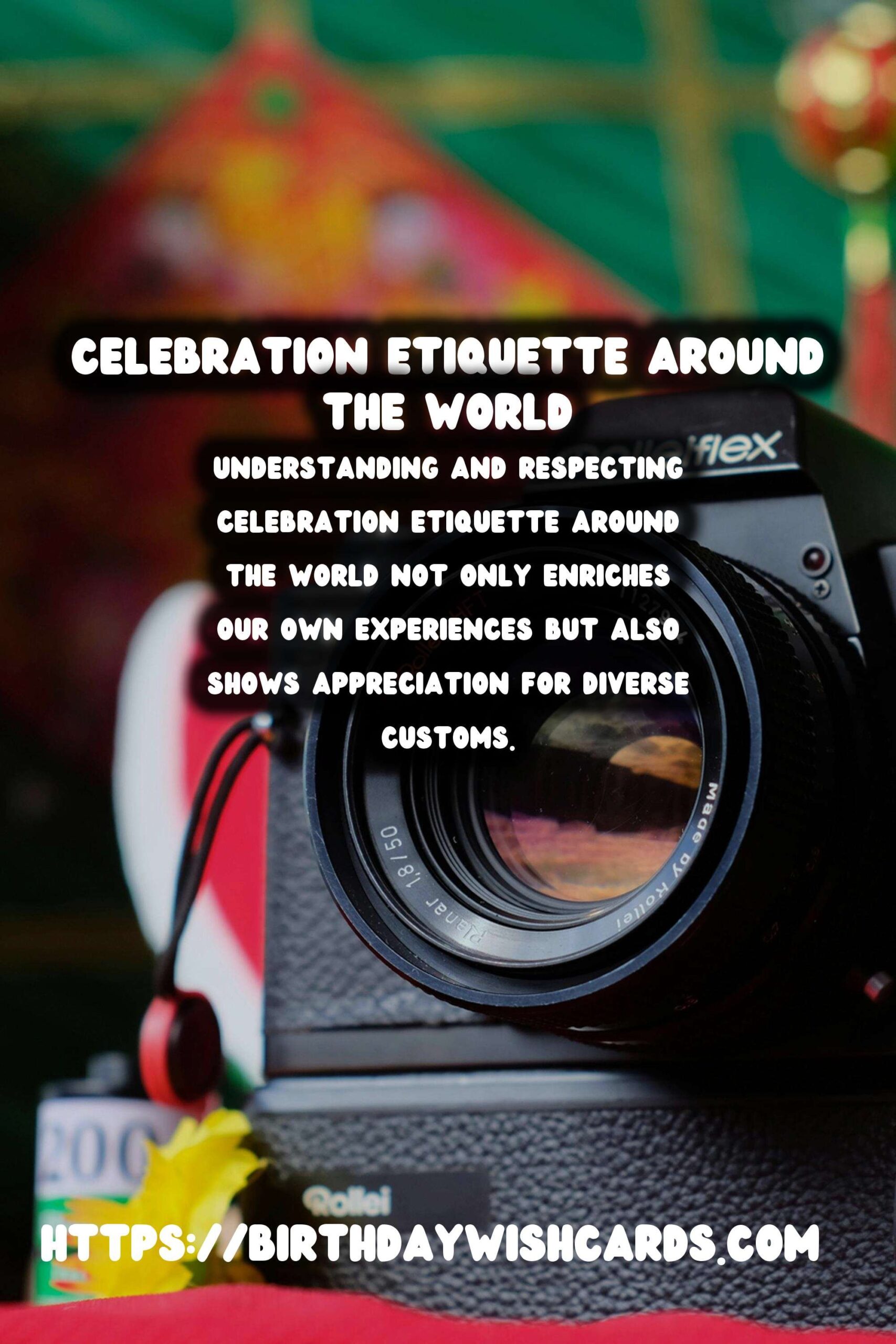

#CelebrationEtiquette #CulturalDiversity

